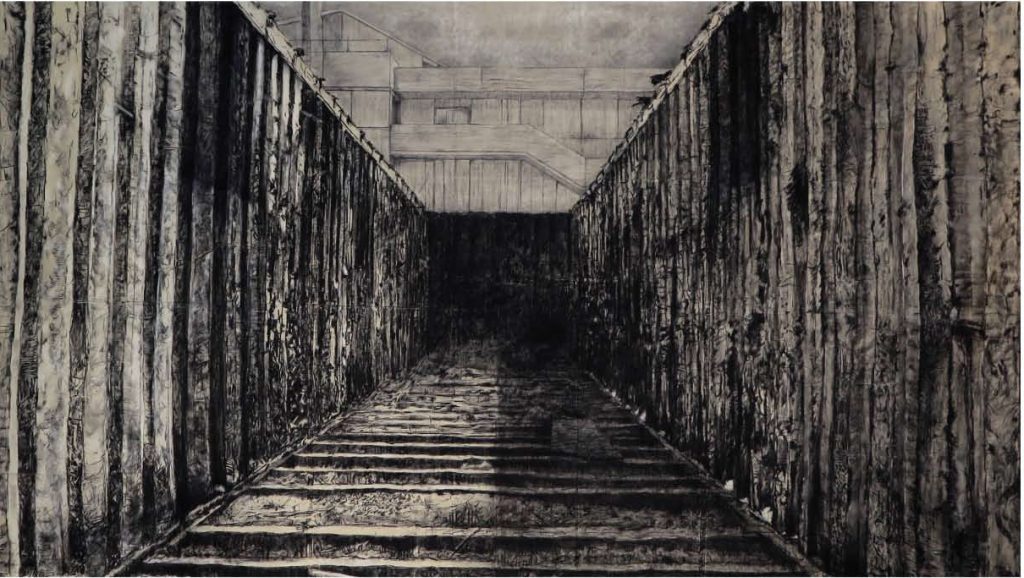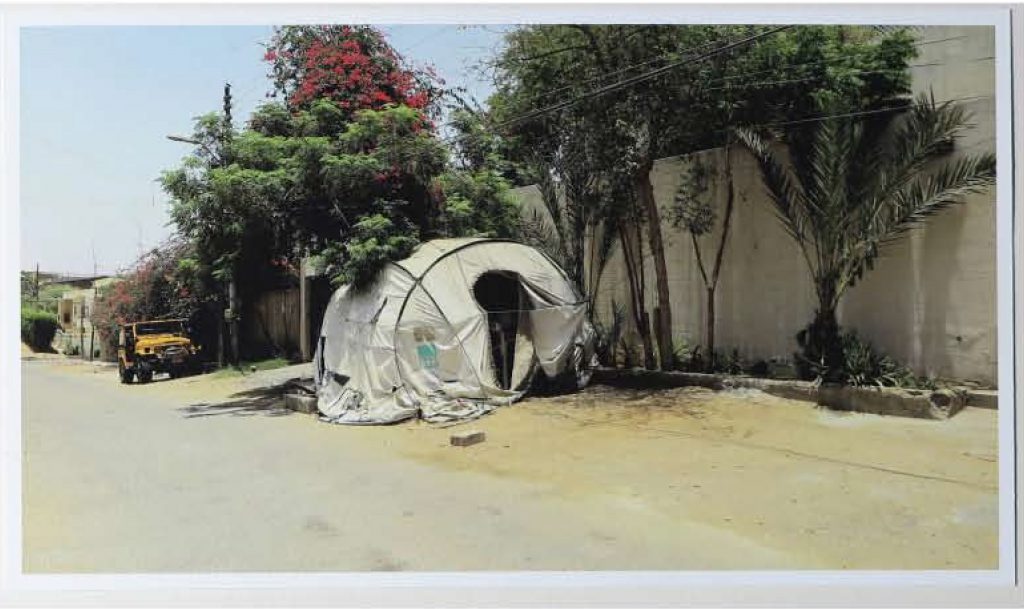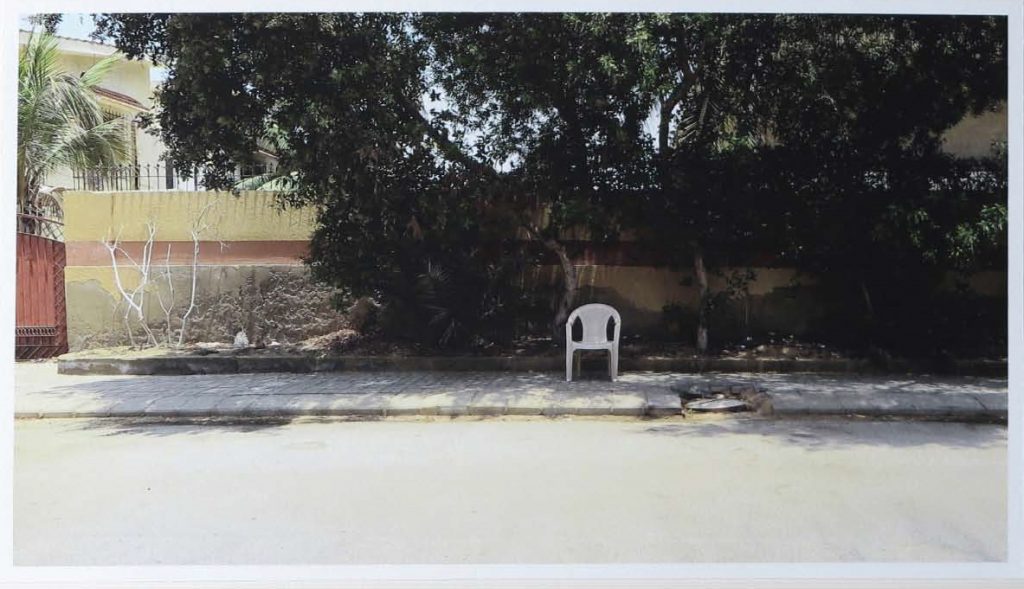Art Review: Artists as Archaeologists
By Nusrat Khawaja | Art Line | Published 9 years ago
Faculty members of the Indus Valley School of Art, Omer Wasim and Saira Sheikh, have worked as a seamless duo to create a single project titled 24.8615º N 67.0099º E, recently on show at Canvas Gallery. The geographically astute reader will immediately identify the title as the coordinates for Karachi, which was the central theme of this contemporary show.
Omer and Saira have an ambitious agenda with regard to the impact they want their art to deliver. The first act in their creative enterprise is to undergo a transformation by casting themselves in the personae of archaeologists. Furthermore, as archaeologists, they inhabit a future time and from that vantage point they cast a “retrospective glance” at the detritus of a human habitation that existed in the past, the habitation of course being the Karachi of the present.
Having assumed the role of archaeologists, the artists present their work in the form of visual “data” and “artefacts.” A series of photographs printed on archival paper are framed as composites with three other descriptive components contained in the frame that include a location map painted in watercolor, a label with the site’s coordinates, and a larger label giving an analytical description of the finding.
 The objects under focus in the photographs are predominantly precarious, short-lived structures such as a fabric tent, a workers’ shack made of blocks at a construction site, and a canopy mounted on the branches of a tree. This is contradictory in itself as these structures would be unlikely to leave a trace over time. The font used in the descriptive label is also anachronistic as it is designed to resemble typewritten print. It creates the illusion that one has stepped into a museum in the recent past, before computer keyboards replaced typewriters.
The objects under focus in the photographs are predominantly precarious, short-lived structures such as a fabric tent, a workers’ shack made of blocks at a construction site, and a canopy mounted on the branches of a tree. This is contradictory in itself as these structures would be unlikely to leave a trace over time. The font used in the descriptive label is also anachronistic as it is designed to resemble typewritten print. It creates the illusion that one has stepped into a museum in the recent past, before computer keyboards replaced typewriters.
The descriptions which accompany the photographs use a stilted, scientific terminology to describe familiar objects as though they are unknown to the investigators. For example, in photograph 1207, which shows a street scene with a yellow jeep parked behind a small cylindrical tent, the description states: “Cadmium yellow volume, which could have been used by the sub-species, possibly to escort the palace-owners and to fetch. Scholars have argued that the yellow volume could have been exchanged for as many as 10,000 structures.”
In addition to the photographs, the exhibition contains a number of objects that serve as “artefacts” in the theatricality of the exhibition. These objects are of uniformly small size and they have been mounted on small metal stands which have been placed atop light boxes. There is a still-buttoned cuff of a shirtsleeve, a piece of twine, some plastic and so on. Each item is individually prosaic, but in the context of the reality shift that the artists have forced on the viewer, these acquire a delightful whimsy.
In contrast to the small scale of these artefacts, there are three large canvas drawings in charcoal depicting structures of habitation, namely the interior of a container, the interior of a tent including a charpai and a modern building with modular architecture.
This show is a highly self-conscious production with regard to its agenda to disrupt hegemony. There is a pamphlet which contains the artists’ statement and a longer “scientific” despatch written from the point of view of the visiting archaeologists from the future. The writing is a quintessential part of the project, though its ambition to derail colonial perspectives of the “West” overreaches the visual content (photographs and artefacts) in the show. The faux-objective voice that purports to be looking at the Other is a contrived device in order to create space for a critical self-examination of what is the artists’ own biome located at 24.8615º N 67.0099º E.




